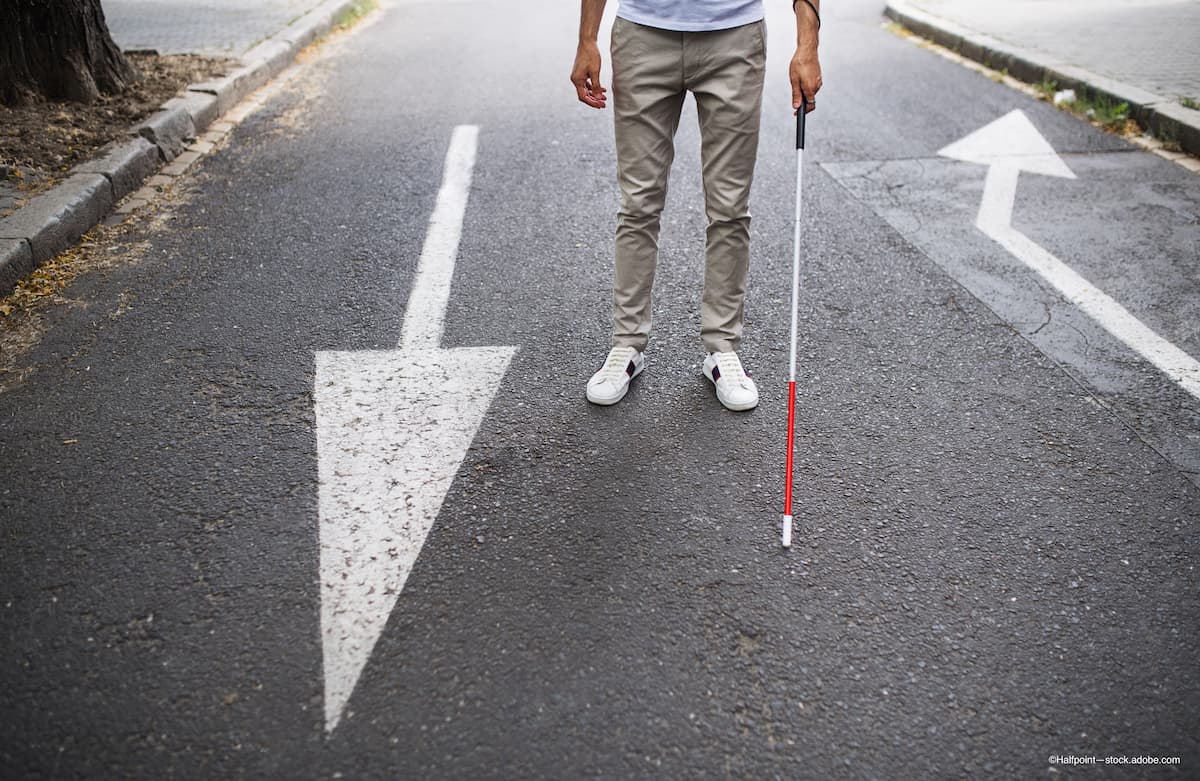Robotic white cane guides users to destinations, helps avoid obstacles
The white cane receives assistive updates to guide visually impaired users to destinations, making indoor navigation in unfamiliar locations easier and safer.

New technology is on the horizon for people who use a white cane as a mobility aid.
A long-standing symbol of independence for those with visual impairments, the white cane has not been upgraded beyond surface improvements in nearly a century. Researchers are looking to update the device with technology that will guide the user to a specific location as well as avoid obstacles in their path.
The prototype features a color 3D camera, sensors and a computer to detect, alert and guide users along their path. The motorized roller tip and audio cues will help users reach their destination.
Cang Ye, a professor at Virginia Commonwealth University's College of Engineering in Richmond, reported that the goal of this technologically advanced white cane is to guide visually impaired people through unfamiliar indoor spaces. Apps and GPS are available to assist with outdoor navigation, but many people with visual impairments seek solutions for indoor guidance.
"You can kind of view this as a combination of a robotic guide dog and a cane," Ye said.
However, researchers still need to tweak the design to ensure the cane is light enough to use in day-to-day life. Additionally, the research team is exploring accuracy to ensure the user arrives at the correct location, despite slightly inaccurate turns or steps due to human error.
“While some cell phone apps can give people auditory navigation instructions, when going around a corner for example, how do you know you’ve turned just the right amount?” said Ye. “The rolling tip on our robotic cane can guide you to turn at just the right point and exactly the right number of degrees, whether it’s 15 degrees or 90. This version can also alert you to overhanging obstacles, which a standard white cane cannot.”
Components of the robotic white cane are designed to endure long-term use, but the motorized tip will need to be replaced with some regularity.
While Dr. Michael Chiang, director of the US National Eye Institute, reports that there is no way to predict when the new technology will hit the market, he said that the project is about “expanding opportunities for people with low vision,” and finding ways to “support the whole person.”
"We live in a very visual world," he pointed out. "Driving, reading, navigation — all rely on visual cues. If you can't see well, it's hard to use many of the devices that get us around in this world."
"We've never had so much technology available, and this research is an example of where we can match a human need with science and technology," Chiang said.
The study was funded by NEI and NIBI through grant EB018117.
Related Content: Ophthalmology | Retinal Surgery | Imaging